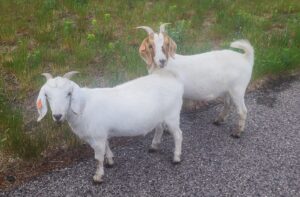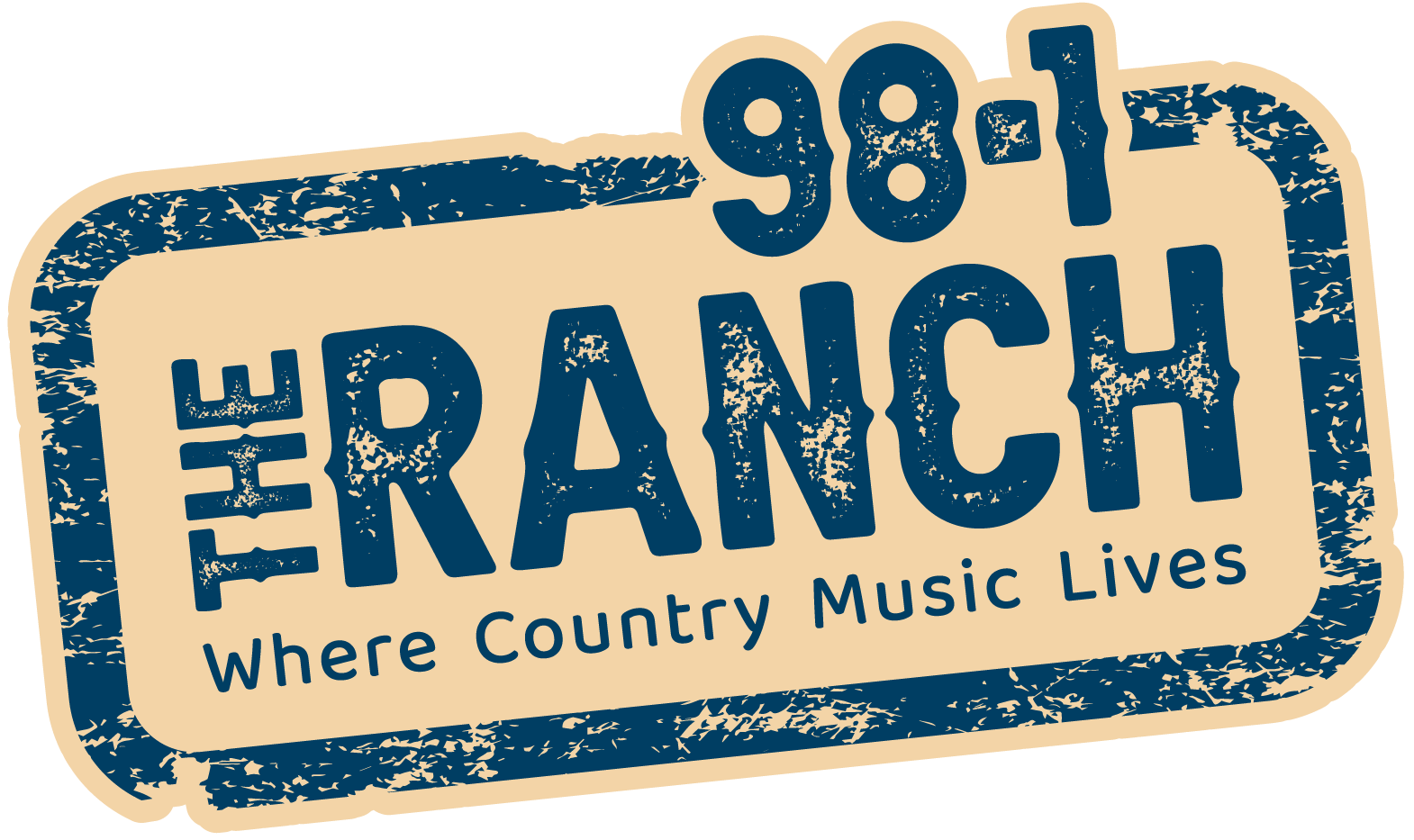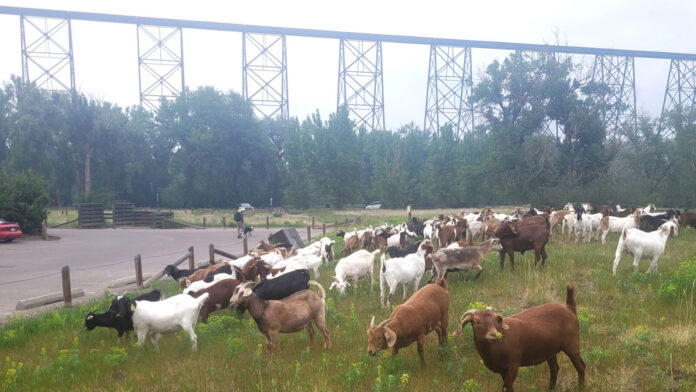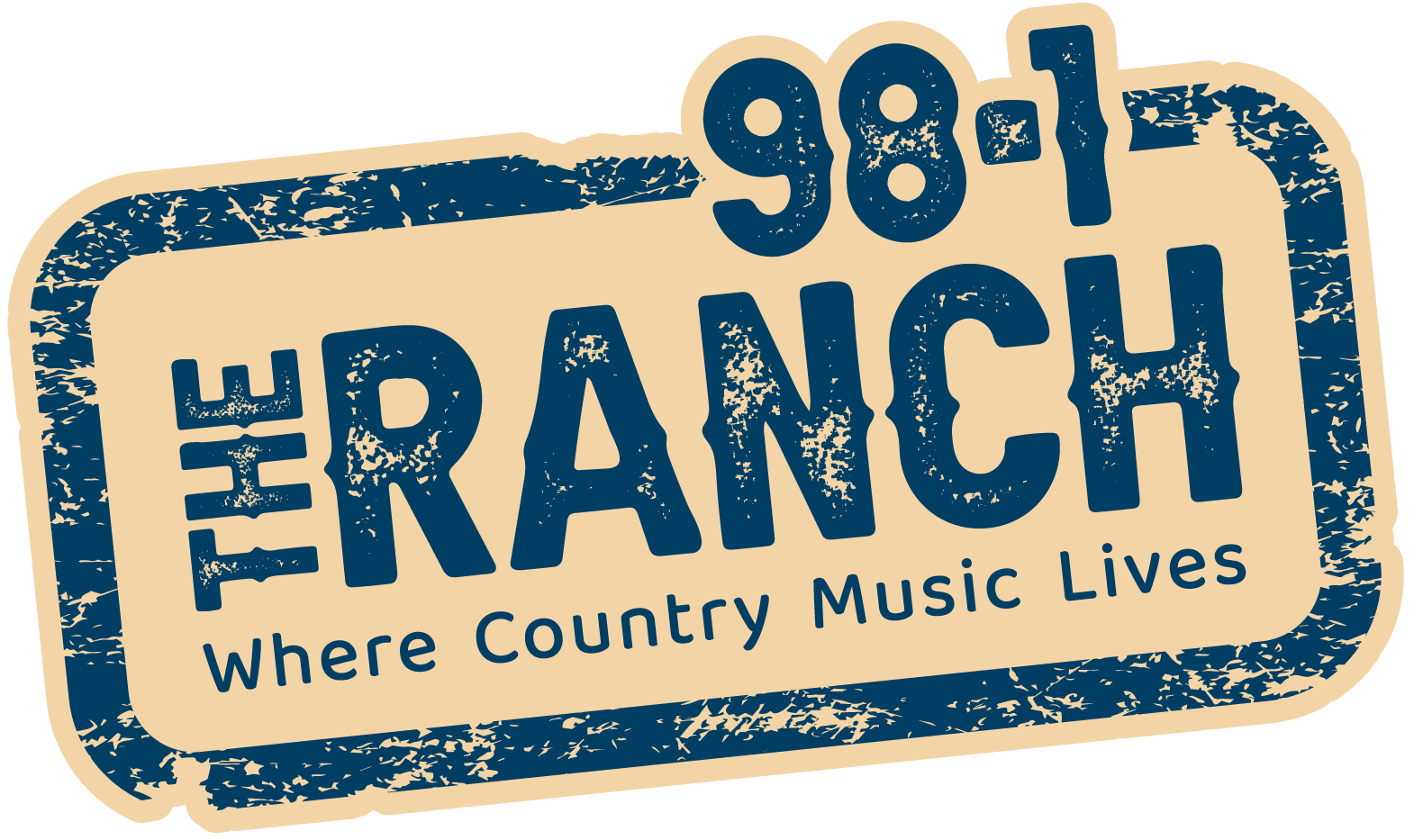Who needs a top-notch, high-tech weed eater when Lethbridge has its very own grazing goats.
For the seventh year, the goats have returned to the River Valley to eat their way through leafy spurge, wormwood and thistle at Indian Battle and Botterill Hill Parks, Alexander Wilderness Park and Pavan Park throughout the summer.
The City of Lethbridge’s Parks Natural Resource Coordinator Jackie Cardinal says it’s the beginning of the City’s target grazing season and Indian Battle Park is where the hungry herd starts off its epic chow-down adventure.
In Indian Battle Park alone, Cardinal notes, the goats graze about 90 acres. “The leafy spurge has been decreased by almost 90 per cent between Indian Battle Park and Botterill. Our night camp is near Botterill and it’s down 98 per cent. There’s very little coming up in the area of camp.”
Towards the bridge there’s a little bit more, Cardinal adds. “We expect it around the bridge and around the roads. But we’re seeing a massive decrease in Lethbridge population, which is excellent.”
The numbers are somewhat similar at Alexander Wilderness Park, says Cardinal. “The levels there are down about 50 per cent. For year seven, that’s awesome.”
Grazing at Pavan Park just started last year, Cardinal notes, “but we did see a decrease already by about 25 per cent.”
“Which is something we haven’t seen in any of the other parks. Over the years, the level will stay about the same for the first three years and it will go down with grazing pressure after a few years. To see it decrease already is very exciting,” adds Cardinal.
Seed bank usually lasts about eight years in the soil, Cardinal explains. “Which is why year seven is very exciting. Anything that was in the soil seven to nine years ago should now be either not viable or very weak, so that’s why we’re seeing very little numbers come back. We’re hitting the flowers twice every year, so theoretically everything should not be setting seed and coming back, but we miss a little bit every year. The numbers are substantially lower than when we started.”
This year, there’s 205 goats a grazin’ at the parks.
“Every year, it varies a little. We’ve had 175 and up to 250 depending on the year,” says Cardinal. The goats are on a multi-year contract.
“Every three to five years we put out a bid tender for grazing services. We’re very specific in what we ask for. We want goats trained on leafy spurge. They’re target grazers. They’re not just going to come in and eat anything. Goats are naturally selective eaters anyways, so they’re going to go for the flowers rather than grasses, which is why we prefer them,” Cardinal adds.
According to Cardinal, leafy spurge is the most prolific weed in Lethbridge’s River Valley system. “It’s a noxious listed Alberta weed. It takes over everything. It takes up space for the native plants and for the more beneficial vegetation in the River Valley. If we can get rid of the weeds, we give the native species more real estate to set seed and take off. We want to suppress the weeds, so the good stuff can come back.”
The results from the grazing program are what the City hoped for, says Cardinal. “We never target grazed before. That’s what the science told us, that seed bank lasts about eight years in the soil, so you’re not going to see a big difference until year four or five.”
Cardinal usually gets a lot of calls from people in the summer asking where the goats will be. “They’re very positive and very excited about them.”
Another round of grazing will return in mid-August.
According to the City, the goats are looked after by a skilled herder and a team of well-trained dogs, who help guide them and keep them safe from predators.








